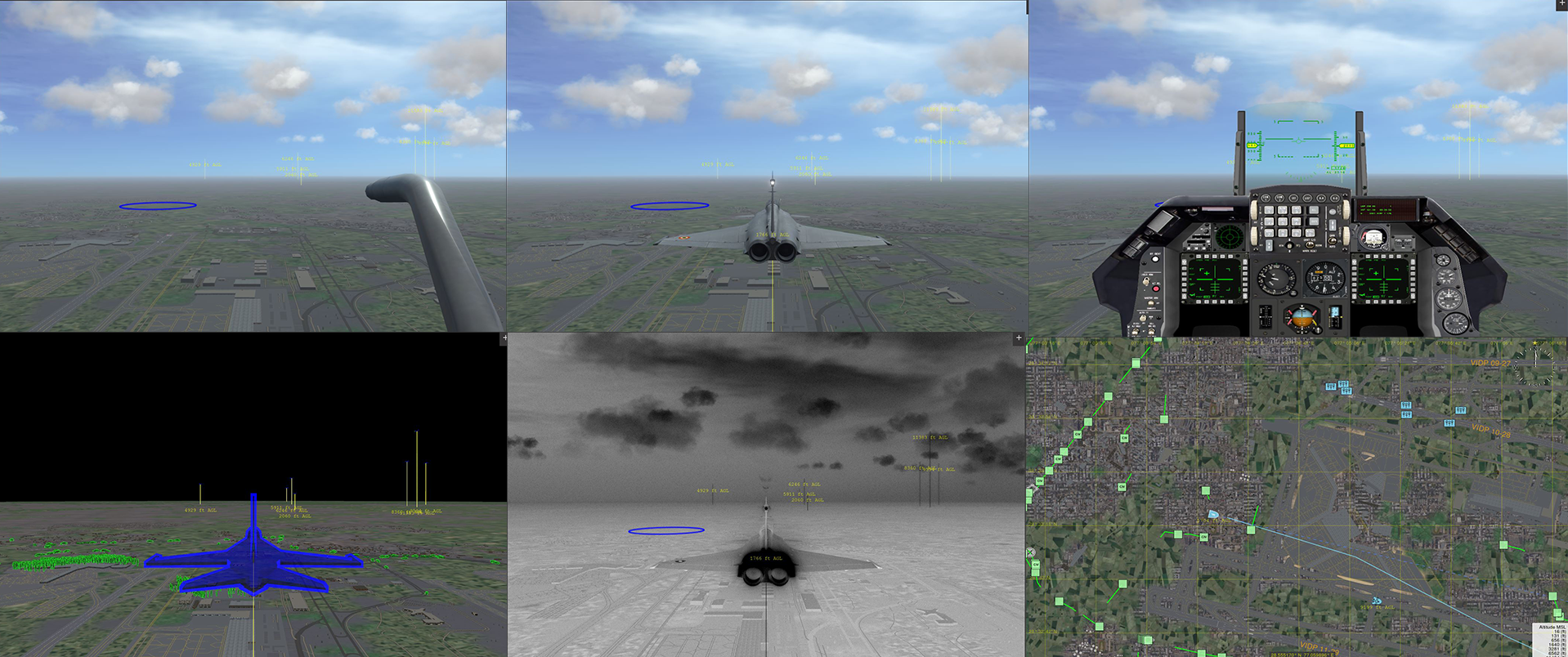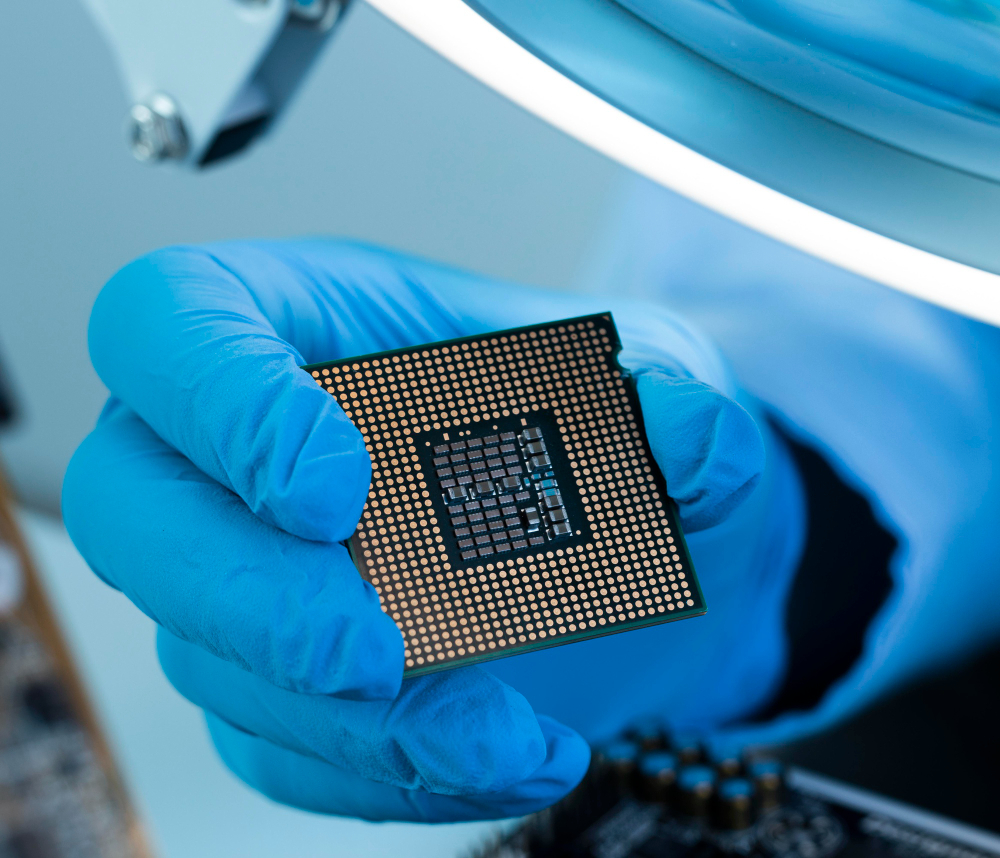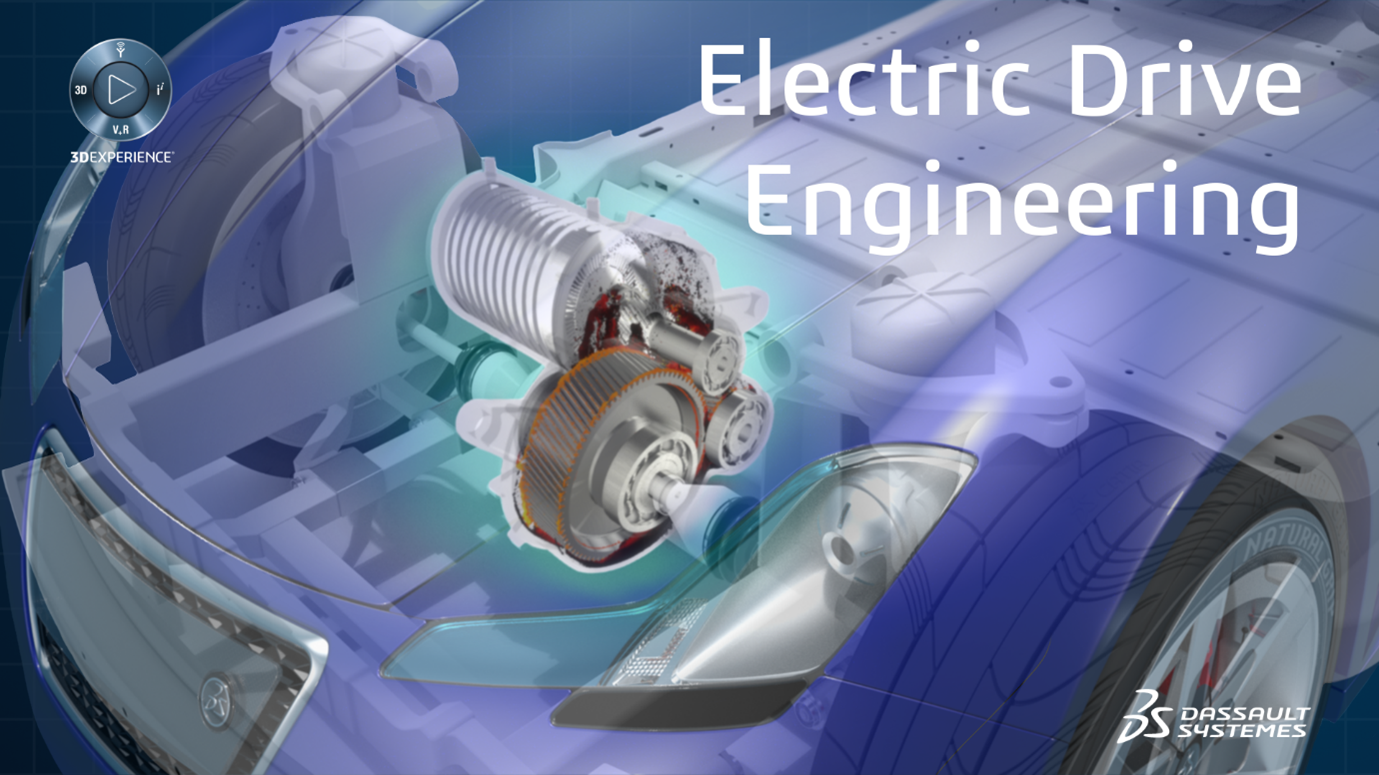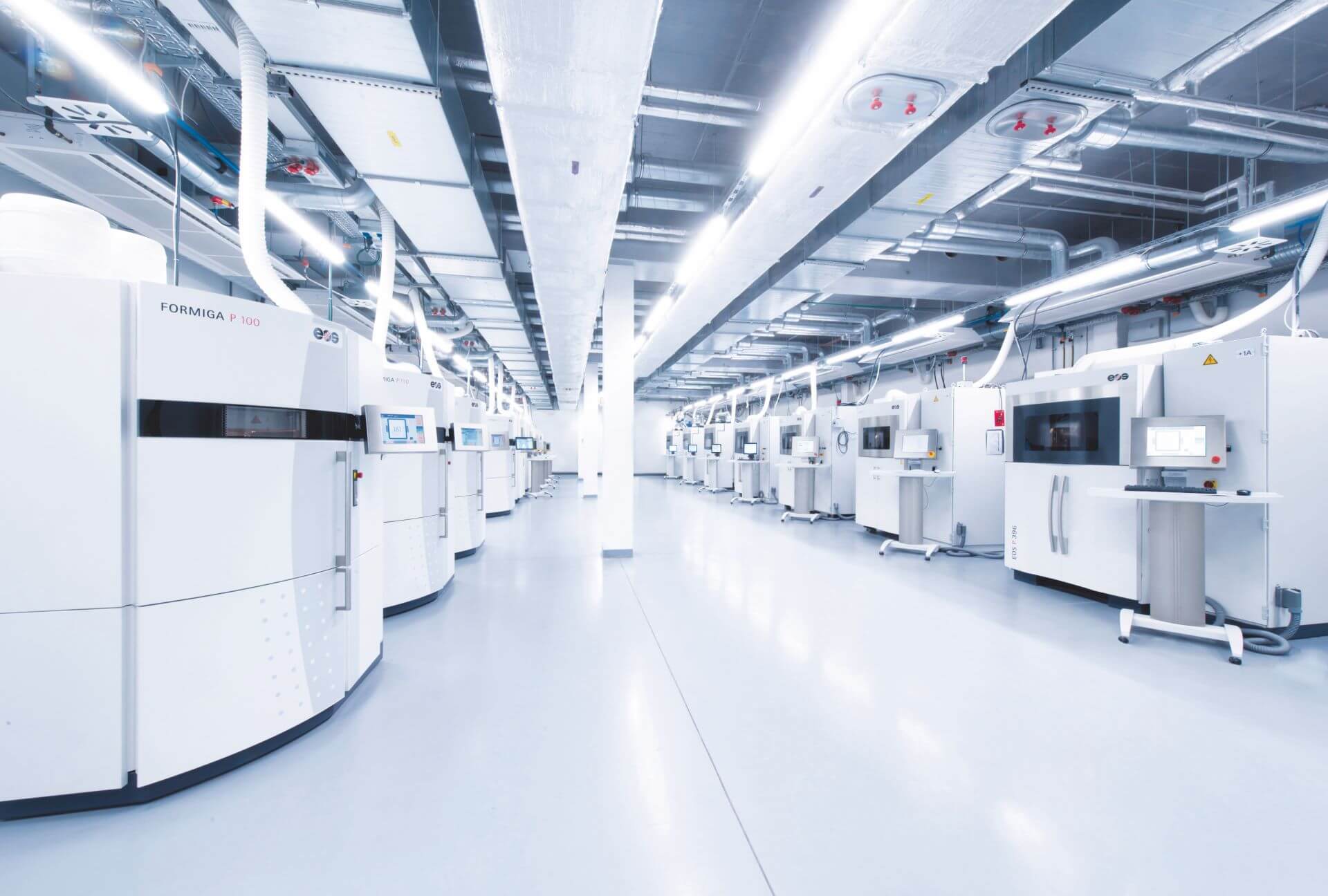Enhancing Aviation Training with Advanced Post-Flight Review and Visualization Platform

- Priyanshu Priyadarshi
- December 12, 2024
Understanding Post-Flight Review and Visualization
Post-flight visualizers (also known as flight data emulators, flight data analysis, or flight replay systems) are essential tools in modern aviation training, designed to analyse and replay real-world flight data within a controlled simulation environment. These simulators enable pilots and instructors to scrutinize flight dynamics, decision-making processes, and overall performance. By recreating flight scenarios, they offer a comprehensive understanding of both routine operations and critical incidents, providing insights that are crucial for continuous improvement in pilot training and safety.
Challenges in Implementing Post-Flight Visualization
Despite their significant benefits, implementing post-flight simulators comes with inherent challenges. Basic 2D simulators, while effective for initial data analysis, often lack the depth required for understanding complex manoeuvres and spatial relationships. Transitioning to 3D simulation environments introduces a higher level of detail and realism but demands more sophisticated hardware, software, and user training. Furthermore, high-fidelity 3D simulators, which offer the most realistic and detailed recreations, require substantial computational power and specialized equipment, making them less accessible for smaller training programs.
2D vs 3D Post-Flight Visualization
2D post-flight simulators provide a straightforward, two-dimensional view of flight data, focusing on key elements such as flight paths, altitude changes, and control inputs. These are highly effective for quick debriefs and basic flight analysis.
On the other hand, 3D post-flight simulators offer a more immersive experience by recreating the flight in a three-dimensional space. This level of simulation allows for a more accurate representation of flight dynamics and spatial relationships, making them ideal for advanced training scenarios that require a deeper understanding of flight mechanics and situational awareness. While transitioning to 3D simulators may require greater technological investment and resources, the benefits of a richer, more detailed training environment are undeniable.

Top Left: Ownship view for pilot | Top Mid: Stealth view for IOS | Top Right: Cockpit view
Bottom Left: Exaggerated view for scenario overview | Bottom Mid: Sensor view | Bottom Right: 2D view in MAK’s VR Vantage
Proposed Tiered Approach
Recognizing the diverse needs of aviation training programs, our approach offers a tiered solution for post-flight simulation. We provide a range of simulators: 2D visualization for basic analysis, generic 3D visualization for enhanced spatial visualization, and advanced, high-fidelity 3D simulators for the most detailed and realistic training experiences. This approach allows training programs to choose the level of simulation that best aligns with their objectives, resources, and training requirements, ensuring both flexibility and scalability.

Scenario development for enhanced visualization in MAK’s VR Forces

Multiple panels representation for enhanced analysis and control
Conclusion
Post-flight simulators are indispensable in the field of aviation training, offering detailed insights that are crucial for refining pilot skills and enhancing safety protocols. By selecting the appropriate level of simulation—whether it be 2D for basic analysis or high-fidelity 3D for advanced training—aviation programs can effectively tailor their training environments to meet specific needs. Our tiered approach ensures that all training programs, regardless of size or complexity, can access the tools necessary to elevate their training outcomes and prepare pilots for the demands of real-world flight operations.

- Priyanshu Priyadarshi
- December 12, 2024
Enhancing Aviation Training with Advanced Post-Flight Review and Visualization Platform
Understanding Post-Flight Review and Visualization
Post-flight visualizers (also known as flight data emulators, flight data analysis, or flight replay systems) are essential tools in modern aviation training, designed to analyse and replay real-world flight data within a controlled simulation environment. These simulators enable pilots and instructors to scrutinize flight dynamics, decision-making processes, and overall performance. By recreating flight scenarios, they offer a comprehensive understanding of both routine operations and critical incidents, providing insights that are crucial for continuous improvement in pilot training and safety.
Challenges in Implementing Post-Flight Visualization
Despite their significant benefits, implementing post-flight simulators comes with inherent challenges. Basic 2D simulators, while effective for initial data analysis, often lack the depth required for understanding complex manoeuvres and spatial relationships. Transitioning to 3D simulation environments introduces a higher level of detail and realism but demands more sophisticated hardware, software, and user training. Furthermore, high-fidelity 3D simulators, which offer the most realistic and detailed recreations, require substantial computational power and specialized equipment, making them less accessible for smaller training programs.
2D vs 3D Post-Flight Visualization
2D post-flight simulators provide a straightforward, two-dimensional view of flight data, focusing on key elements such as flight paths, altitude changes, and control inputs. These are highly effective for quick debriefs and basic flight analysis.
On the other hand, 3D post-flight simulators offer a more immersive experience by recreating the flight in a three-dimensional space. This level of simulation allows for a more accurate representation of flight dynamics and spatial relationships, making them ideal for advanced training scenarios that require a deeper understanding of flight mechanics and situational awareness. While transitioning to 3D simulators may require greater technological investment and resources, the benefits of a richer, more detailed training environment are undeniable.

Top Left: Ownship view for pilot | Top Mid: Stealth view for IOS | Top Right: Cockpit view
Bottom Left: Exaggerated view for scenario overview | Bottom Mid: Sensor view | Bottom Right: 2D view in MAK’s VR Vantage
Proposed Tiered Approach
Recognizing the diverse needs of aviation training programs, our approach offers a tiered solution for post-flight simulation. We provide a range of simulators: 2D visualization for basic analysis, generic 3D visualization for enhanced spatial visualization, and advanced, high-fidelity 3D simulators for the most detailed and realistic training experiences. This approach allows training programs to choose the level of simulation that best aligns with their objectives, resources, and training requirements, ensuring both flexibility and scalability.

Scenario development for enhanced visualization in MAK’s VR Forces

Multiple panels representation for enhanced analysis and control
Conclusion
Post-flight simulators are indispensable in the field of aviation training, offering detailed insights that are crucial for refining pilot skills and enhancing safety protocols. By selecting the appropriate level of simulation—whether it be 2D for basic analysis or high-fidelity 3D for advanced training—aviation programs can effectively tailor their training environments to meet specific needs. Our tiered approach ensures that all training programs, regardless of size or complexity, can access the tools necessary to elevate their training outcomes and prepare pilots for the demands of real-world flight operations.








